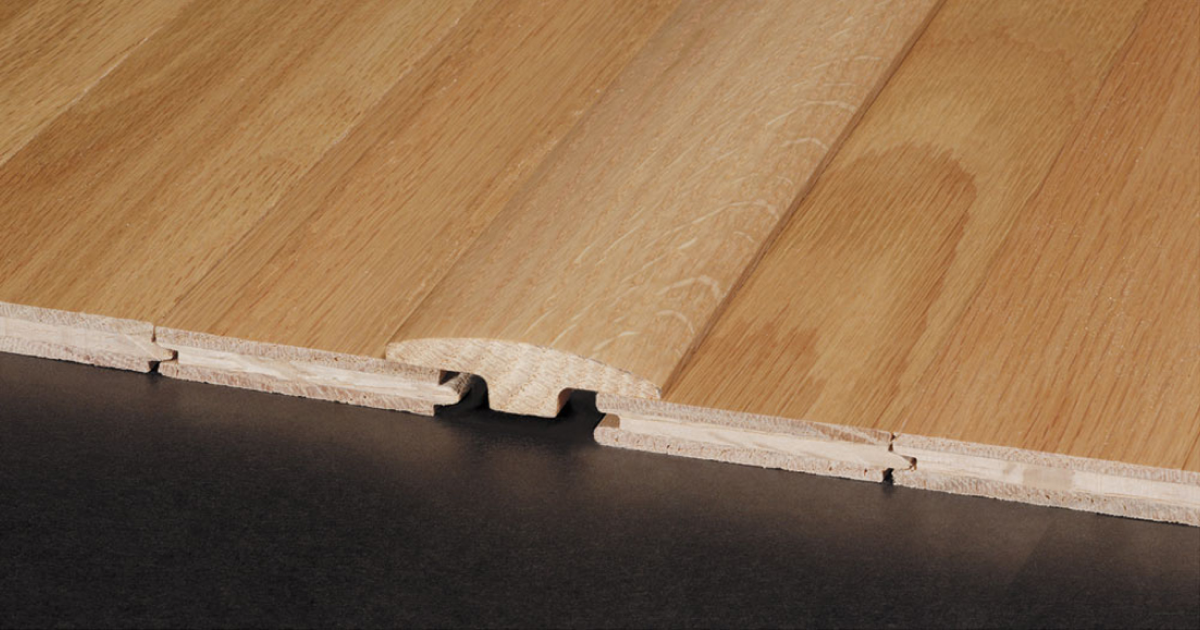

Today, there are two basic types of control joint filler products that meet today’s ACI and PCA standards for a semi-rigid control joint filler. Other than appearance, this tear, does not inhibit the joint filler from functioning and can be refilled with proper preparation later. This tear is by design and does not constitute a failure of the joint filler. A Shore A durometer of 80-85 offers the optimal hardness for transferring wheel loads across the joint while maintaining the flexibility that prevents the slabs from being welded together.Īnother key physical property is that if the joint movement exceeds the capability of the joint filler, the product, not the concrete, will tear cohesively or adhesively rather than delaminating the concrete itself. Correspondingly, today’s control joint fillers are more of a wheel-load transfer product than a sealant or caulk, and are filled full-depth, or slightly overfilled, then trimmed flush with a floor razor to leave a smooth transition for hard wheels across the joint.ĭurometer, or hardness, has become one of the key parameters in considering a proper control joint filler. Today, massive industrial centers are running 24/7, subject to hard-wheeled traffic around the clock, creating the demand for a control joint filler product that could meet the load transfer demands of today’s equipment while still protecting joint edges. SpecChemToday’s expansive distribution and warehousing industries have grown far beyond what existed thirty, forty, or fifty years ago.

As the slab continued to shrink, the “welding” would prevent the joint from opening, causing random stress cracking to occur in the slab.Īfter the application pictured here is what a control joint on warehouse floor should look like. The industry then over compensated with rigid, high-strength epoxy-based products that’ while offering outstanding joint edge protection, welded the slab panels together. As decades passed, improvements in equipment and machinery produced hard wheels on pallet jacks and fork lifts, which started impinging on the exposed joint edges, causing spalling to occur. In the early days of control joints, various soft or very flexible materials were used to fill control joints, if the joint was even to be filled at all, primarily to keep debris and contaminants out of the joint. Joint filling products have evolved closely with the evolution of the warehousing and distribution industries, forklift and machinery technologies, and the technology behind the products and materials used to fill joints. SpecChemConcrete control joint fillers have quite a history. Control joint fillers - evolutionĬontrol joint fillers are flowable and easy to apply with consistency.

And while most shrinkage occurs within the first year, a concrete slab can continue to shrink and move for years.Īny interior concrete, anything from residential slabs to decorative applications to commercial and industrial floors will utilize control joints. Random cracking results in a slab that is not only unattractive, but challenging to maintain.
Wall floor gap filler crack#
In indoor construction, crack fillers have evolved to transfer floor loads between slabs and protect the slab edges from spalling. Think of it as a “planned” crack a joint cut into a slab to ensure that as the concrete slab continues to shrink, cracks occurring will do so in a straight, maintainable line at the joint, below the finished concrete surface, as opposed to randomly throughout the slab. A control joint (or contraction joint) is intended to induce cracking in a concrete slab.


 0 kommentar(er)
0 kommentar(er)
